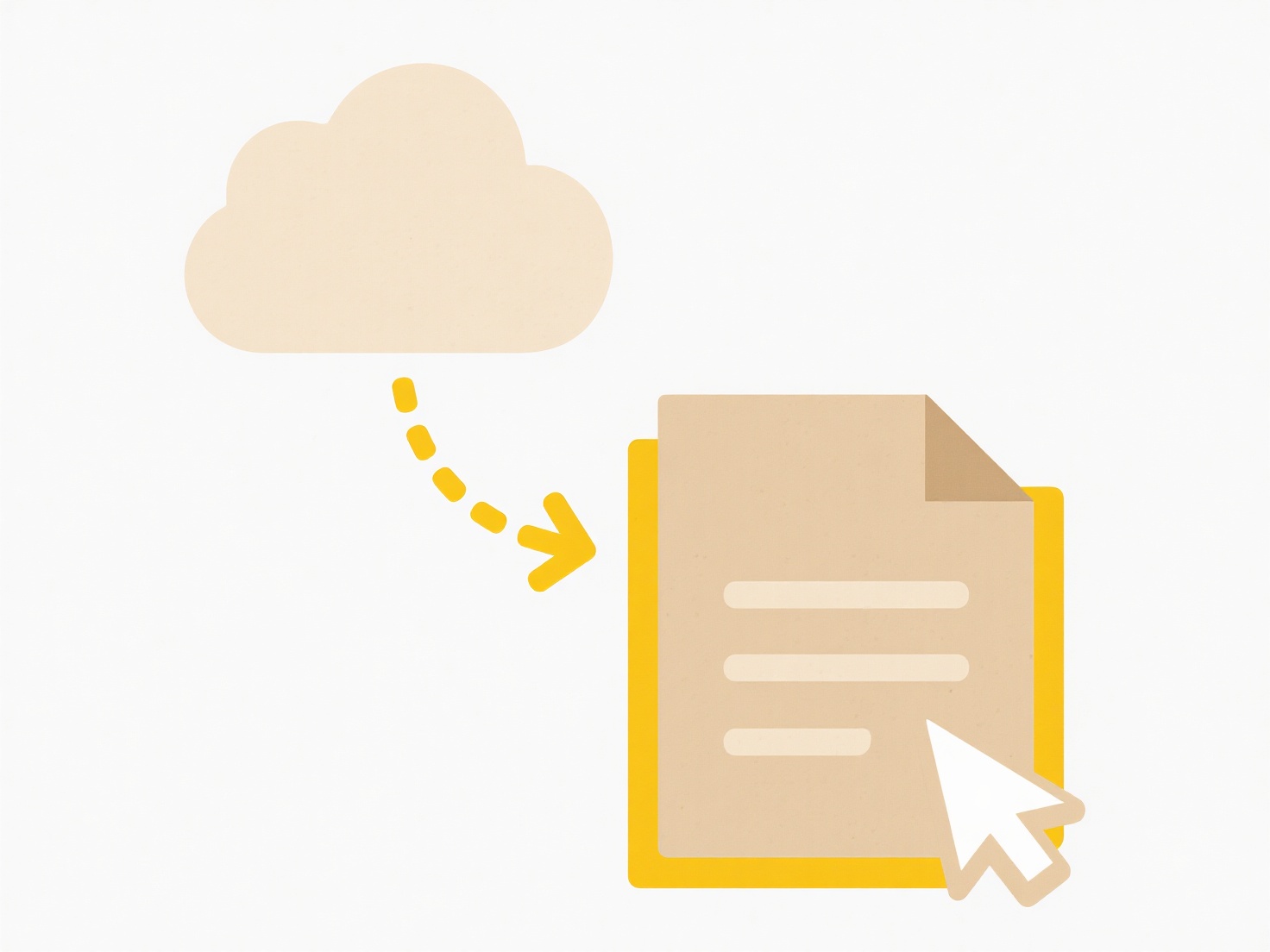
Securely saving and exporting logs involves preserving system or application event records while ensuring their confidentiality, integrity, and availability. It specifically differs from basic log storage by applying security measures like encryption both at rest (when stored) and in transit (during export), strict access controls ensuring only authorized personnel can view or move the data, and maintaining audit trails of who accessed the logs. This prevents unauthorized access, tampering, or data leaks during handling.
For example, organizations handling sensitive customer information (like healthcare providers under HIPAA or financial services under PCI-DSS) often encrypt log files containing access records before storing them securely on servers or exporting them to SIEM platforms like Splunk, ELK Stack, or cloud-native tools like AWS CloudWatch Logs for centralized analysis. System administrators also use encrypted connections (e.g., SFTP, TLS) to securely transfer audit logs to remote security teams for incident investigation.

The primary advantage is robust protection of sensitive data within logs, essential for regulatory compliance and breach prevention. However, limitations include the complexity of key management for encryption and potential overhead in maintaining secure transfer protocols. Failure to securely handle logs carries significant ethical and legal risks related to privacy violations. Future developments focus on automating secure log handling using immutable storage and policy-driven governance to reduce human error.
Can I save or export logs securely?
Securely saving and exporting logs involves preserving system or application event records while ensuring their confidentiality, integrity, and availability. It specifically differs from basic log storage by applying security measures like encryption both at rest (when stored) and in transit (during export), strict access controls ensuring only authorized personnel can view or move the data, and maintaining audit trails of who accessed the logs. This prevents unauthorized access, tampering, or data leaks during handling.
For example, organizations handling sensitive customer information (like healthcare providers under HIPAA or financial services under PCI-DSS) often encrypt log files containing access records before storing them securely on servers or exporting them to SIEM platforms like Splunk, ELK Stack, or cloud-native tools like AWS CloudWatch Logs for centralized analysis. System administrators also use encrypted connections (e.g., SFTP, TLS) to securely transfer audit logs to remote security teams for incident investigation.

The primary advantage is robust protection of sensitive data within logs, essential for regulatory compliance and breach prevention. However, limitations include the complexity of key management for encryption and potential overhead in maintaining secure transfer protocols. Failure to securely handle logs carries significant ethical and legal risks related to privacy violations. Future developments focus on automating secure log handling using immutable storage and policy-driven governance to reduce human error.
Quick Article Links
Are .dat files safe to open?
A .dat file is a generic extension used for "data" files. These files contain raw information, not executable code thems...
Can I unzip files on my phone?
Unzipping refers to extracting files from a compressed archive format like ZIP. Yes, you can unzip files on most modern ...
How do I name temporary or draft files clearly?
Temporary or draft files require consistent naming conventions to avoid confusion, accidental overwrites, and disorganiz...